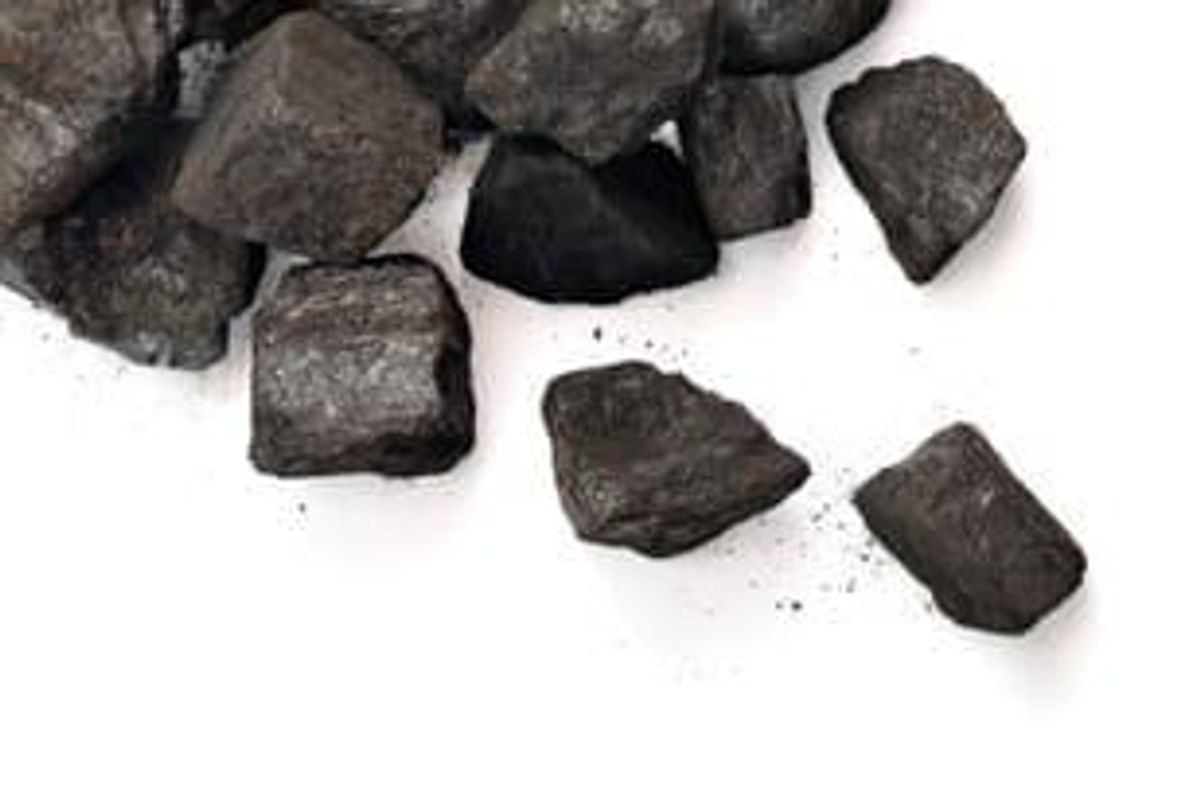
What is carbon sequestration and why is it important? A look at different carbon sequestration methods.
Those following the coal space will no doubt be familiar with the idea of carbon capture and sequestration (CCS). Given growing concerns about climate change and robust demand for coal in developing nations, plenty of market watchers believe that carbon sequestration will be key to the future of energy use.
CCS technologies help reduce CO2 emisssions by capturing CO2 from gas– and coal-fired power plants and then compressing and injecting the CO2 into the ground. CO2 is often sequestered a mile or more beneath the Earth’s surface, as per the US Environmental Protection Agency (EPA). The carbon is injected into porous rock beneath an impermeable layer that stops the gas from migrating upward.
An estimated 40 percent of CO2 emissions in the US alone can be chalked up to power generation, and carbon sequestration will be key to bringing that number down. And there’s plenty of room to store more carbon — according to the US Department of Energy, up to 20,000 billion metric tons of CO2 could be stored underground in the country.
As the Carbon Capture and Storage Association explains, the method of storing carbon deep underground beneath an impermeable rock layer (structural storage), is the primary storage mechanism used in CCS.
So far, this method of carbon sequestration has proven to be safe and effective. For example, the Sleipner carbon storage project in Norway has been in operation since 1996, with no evidence of CO2 leakage.
In addition to being simply injected underground for storage, CO2 captured from power plants may also be sold to oil companies to enhance oil recovery. This method is being employed by SaskPower at its Boundary Dam project in Saskatchewan. The project is the world’s first post-combustion coal-fired CCS facility to be integrated with a power station.
Beyond the carbon sequestration methods used for CO2 captured from power generation, there are other avenues for carbon sequestration as well. For example, according to a note on the subject from the Parliament of Australia, it may be possible to enhance carbon sequestration in plants and soil through agricultural and forestry practices. Deep ocean storage is another carbon sequestration method being considered.
However, as the Parliament states, “of the storage options, geosequestration is thought to be the most promising due to higher confidence in the longevity of storage; large capacity of potential storage sites; and generally greater understanding of the mechanisms of storage.”
In any case, CCS technologies will be key in the future, especially as coal continues to be used for power generation.
As Keith Burnard, head of the Energy Supply Technology Unit at the International Energy Agency (IEA) has explained, the IEA has calculated that in order to keep the Earth’s temperature from increasing by more than 2 degrees, the world needs to drastically reduce the amount of coal it uses. Essentially, coal needs to be responsible for 13 percent of electricity production, rather than the current 41 percent. Most of that will need to include CCS technologies.
Certainly, coal investors will want to keep an eye out for advancements in this area and in other spaces aimed at improving the environmental impact of burning coal. For example, Clean Coal Technologies (OTCMKTS:CCTC), a company that is focused on upgrading and improving the efficiency of low-rank coals, has seen its share price rise over 600 percent, to $0.54, in the past year despite poor coal prices.
Securities Disclosure: I, Teresa Matich, hold no direct investment interest in any company mentioned in this article.